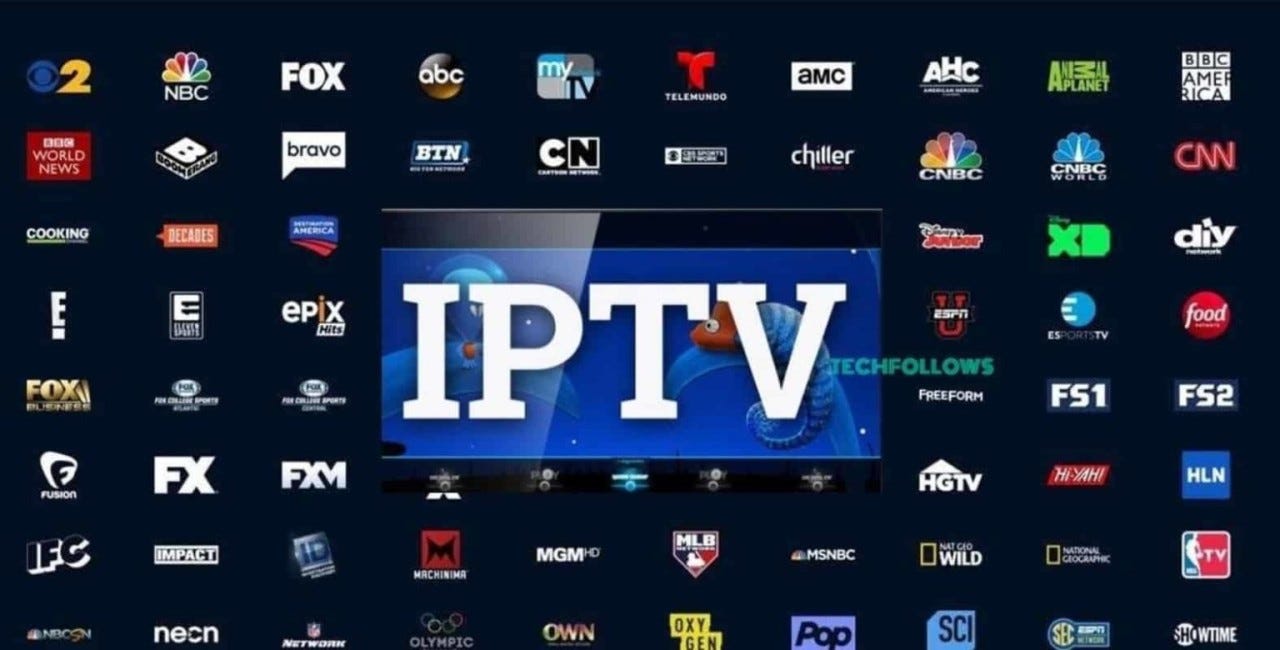Stream Anywhere, At Any Time: IPTV Subscription Services within your reaches
Stream Anywhere, At Any Time: IPTV Subscription Services within your reaches
Blog Article
How IPTV Works: A Step-by-Step Guide to Internet Procedure Tv Modern Technology
Net Method Tv (IPTV) has revolutionized the way we eat television web content, supplying a brand-new realm of opportunities through the power of the internet. From the basic principles of IPTV to the intricate process of web content distribution, each action plays a critical function in making sure a seamless watching experience.
IPTV Essentials
In understanding IPTV essentials, it is pivotal to understand the basic operations of this modern technology in supplying tv material over the internet. IPTV, which represents Internet Procedure Tv, utilizes Net Protocol (IP) networks to transfer television content to individuals' tools. Unlike standard techniques of transmitting television content with cable or satellite signals, IPTV streams media through high-speed web links.

Moreover, IPTV enables interactive capacities, such as video on need (VOD) and digital program guides (EPG), boosting the customer experience by providing more control and adaptability in accessing material. Generally, comprehending the basics of IPTV establishes the foundation for exploring its advanced performances and the benefits it uses to modern-day tv consumption.
Content Delivery Refine
Reliable material distribution in IPTV systems involves a well-structured process that ensures smooth transmission of tv material over IP networks. The material distribution process in IPTV begins with the development of the video clip web content, which is then inscribed right into digital style suitable for IP transmission. This encoded material is after that firmly stored on web servers referred to as media web servers. When a customer requests specific content, the IPTV system retrieves the asked for information from the media servers and supplies it to the viewer's tool over the web.

Middleware Performance
With the combination of middleware, IPTV systems gain boosted performance that enhances user communication and content administration. Middleware works as a vital element that links the void between the user interface and the back-end framework, facilitating seamless interaction and interaction within the IPTV system. Among the essential functions of middleware in IPTV is to enable customized user experiences by supplying features such as interactive program overviews, video-on-demand solutions, interactive advertising and marketing, and customer choices monitoring. By centralizing these capabilities via middleware, company can provide a more dynamic and customized IPTV experience to their clients.

Device Compatibility
Given the critical duty of middleware in enabling seamless interaction and material management in IPTV systems, a crucial aspect to think about is the compatibility of tools used for accessing the IPTV solutions. Tool compatibility is important for making sure a smooth customer experience and optimum efficiency when accessing IPTV web content.
In the context of IPTV, gadget compatibility refers to the capacity of a gadget to efficiently connect with the IPTV service, show material correctly, and sustain the required procedures and codecs for streaming video clip content over the net. Different devices, such as smart Televisions, set-top boxes, smart devices, tablets, and computer systems, may have varying levels of compatibility with IPTV services.
To ensure a seamless viewing experience, it is necessary for customers to select tools that work with the specific IPTV solution they are making use of. Additionally, IPTV provider must provide assistance for a wide variety of tools to provide to the varied needs of their user base. By prioritizing gadget compatibility, both users and company can enhance the overall IPTV experience.
Quality of Solution (QoS)
Considering the essential function of keeping a high requirement of efficiency and dependability in IPTV systems, making sure constant Top quality of Service (QoS) continues to be an essential element of the individual experience. QoS in IPTV refers to the capacity of the system to deliver material with minimal interruptions, high resolution, and quick packing times.
Provider employ QoS devices such as website traffic prioritization, buffering, and mistake modification to maintain a steady IPTV service. By focusing on IPTV website traffic over much less time-sensitive data, providers can make certain smooth playback also throughout optimal usage hours. Buffering helps make up for network changes, while mistake correction methods enhance data honesty.
Constant surveillance and optimization of QoS parameters are vital to adapt to transforming network conditions and user demands. Inevitably, a durable QoS framework is vital for supplying a seamless and pleasurable IPTV experience to users.
Verdict
In conclusion, IPTV operates via the transmission of tv content over web protocol networks. High quality of Solution plays a critical function in keeping the efficiency and dependability of internet IPTV solutions - IPTV subscription.
Report this page